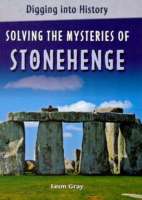
Examines the site of the ancient megalithic monument Stonehenge, discussing theories behind its construction and use.
Nonfiction genre

Examines the site of the ancient megalithic monument Stonehenge, discussing theories behind its construction and use.
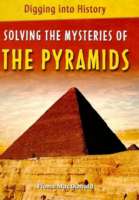
Describes the pyramids of Egypt, including the materials used to build them, their design, location, and the role they played in ancient Egyptian religion and culture.

Classic recipes from Greece, Thailand, Brazil, and India that the whole family can enjoy cooking and eating
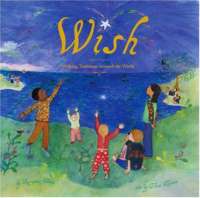
This lively compilation of wishing traditions from around the world is sure to educate and inspire young readers. Each charming tradition provides insight into the cultures of lands far and near while reminding us of the similarities we all share. Includes Japan, China, Thailand, Russia, Iran, Israel, India, Australia, South Africa, Italy, Ireland, Brazil, Guatemala, Mexico, and the USA!
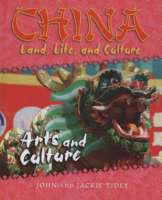
This book is a captivating insight into art and culture in China. It is part of a series that explores the daily life, traditions and beliefs of the Chinese people. Through the first-hand personal accounts the reader will learn about China’s history and its ancient cultures. They can examine the varied landscapes, the native plants and animals, and the diverse peoples of one of the largest countries on Earth.

Learn about the land and climate of China, home to many landscapes, such as tall mountain ranges, deserts, rivers, rich plains, grasslands, and the long Pacific coast.
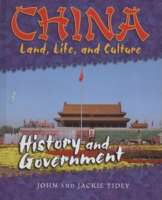
Learn about China’s long history and look at how that country is governed today.

Learn about China’s plants and their diversity.